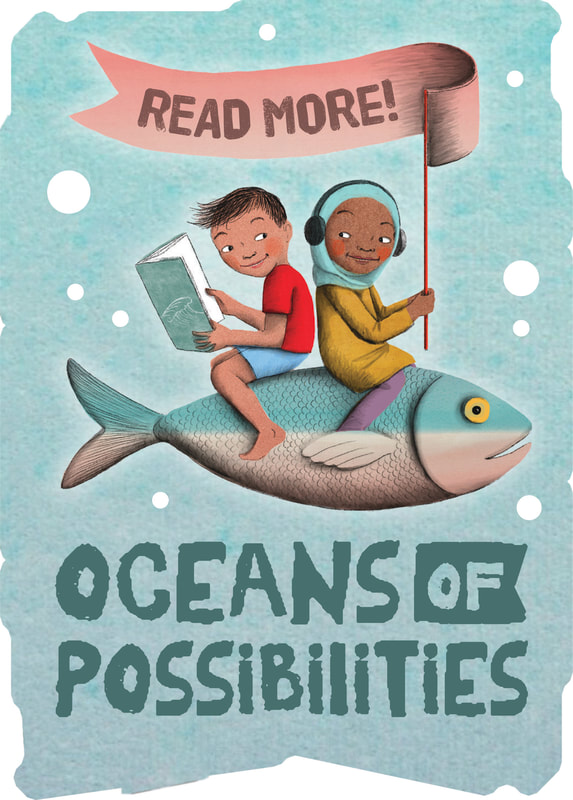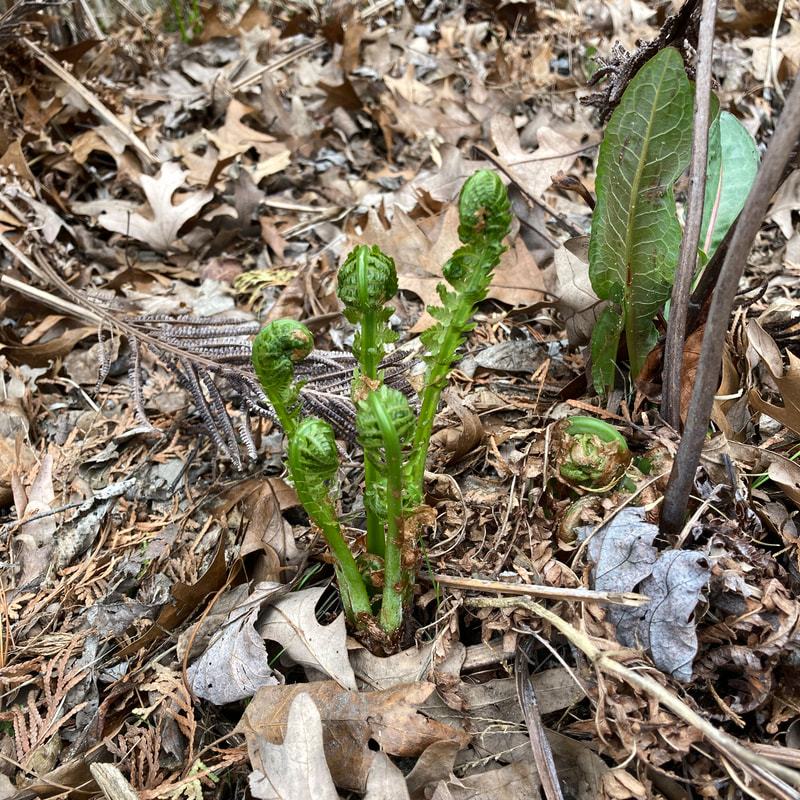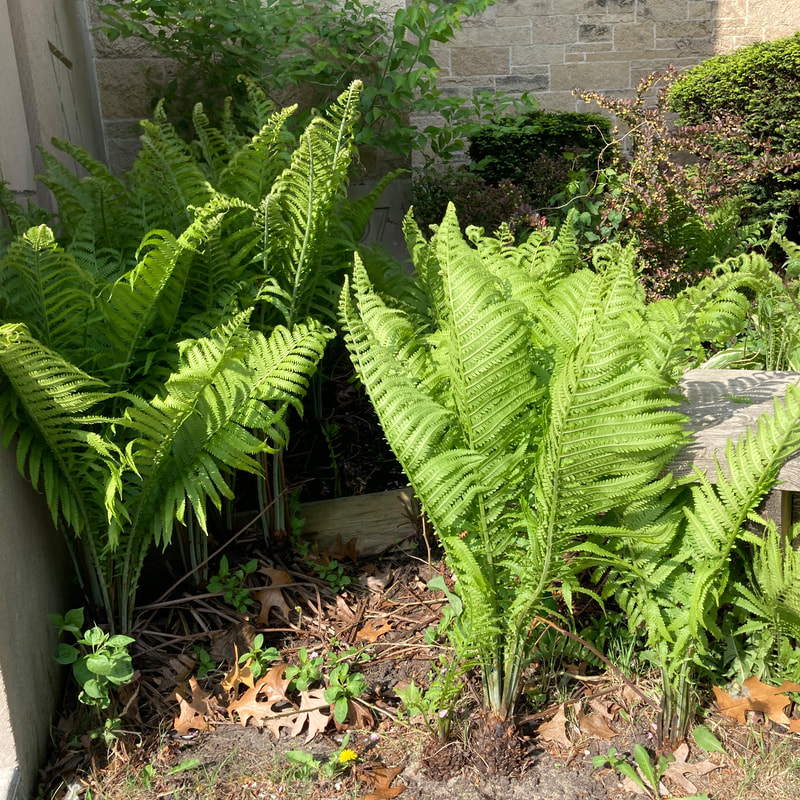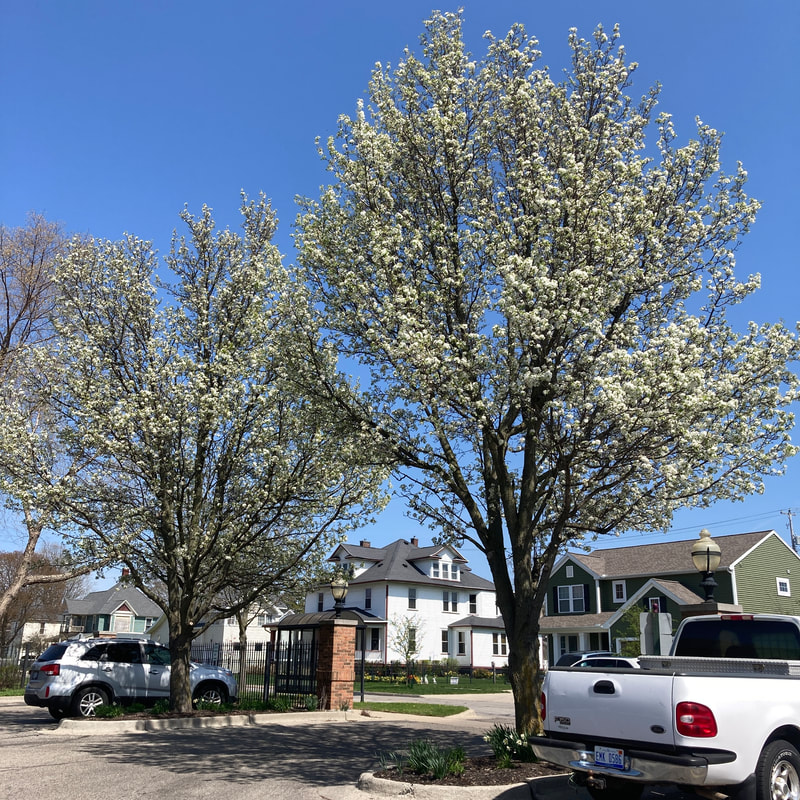|
The Fremont Area District Library begins their summer reading program on Friday, June 3rd. All ages are welcome to come in and sign up on or after June 3rd to begin earning prizes for your reading. Children can earn a free ice cream from Elsie’s, a movie pass to Fremont Cinemas, Spanky’s pizza, a shark glider toy, a free book, Whitecaps and Griffins passes, and entry into a grand prize drawing for a trip to Great Lakes Crossings! Teens can earn free pizza from Spanky’s, ice cream from Elsie’s, a movie pass to Fremont Cinemas, a free book, and for every book they read, they can enter for chances to win many prizes from local restaurants and stores. Plus finishers will be entered into the grand prize drawing for a $100 Meijer gift card! Adults can earn free ice cream from Koffee Kuppe, a movie pass to Fremont Cinemas, a free book from the Friends Gift Shop, and for every book they read, they can enter for chances to win many prizes from local restaurants and stores. Grand prize drawings are a $50 Barnes & Noble gift card and a $100 Meijer gift card! The Summer Reading Program is important in helping to prevent the “summer slide,” which is the tendency for students to lose some of the achievement gains they made in school the previous year. So grab some books, have fun reading, and come to our “Oceans of Possibilities” (FREE) events this summer! Children’s June Events Our Summer Reading Kickoff party takes place in the Children’s Department on Friday, June 3rd from 1:00-3:00 p.m. Sign up for Summer Reading, make summer crafts, and get a temporary ocean tattoo! Storytimes for babies & toddlers (up to age 3) will be on Wednesdays at 10:00 a.m., starting June 15th. Family Storytime (up to age 5) will be on Thursdays at 10:00 a.m., starting on June 16th. Saturday Storytime will be on June 11th at 11:00 a.m. We’ll also show an afternoon movie (title coming soon) on June 30th at 3:30 p.m. Our very popular Discovery Tuesday programs will take place in the Community Room on Tuesday mornings at 10:00 a.m. and last 45 minutes to 1 hour. On June 7th, a visit from Outdoor Discovery Center with live animals will kick off our Discovery Tuesday programs. Storyteller Jenifer Strauss will bring us science, stories, and songs from the deep blue sea on June 14th. From June 21st-24th, we’ll have a Scholastic Book Fair in the library’s Community Room. Hours are: Tue, Wed, Fri 10:00-12:00 & 1:00-5:00; Thur 10:00-12:00 & 1:00-7:00. Air Zoo will teach us about ocean creatures and conduct experiments on June 28th. Teen June Events The Teen Summer Reading Kickoff Party will be on Friday, June 3rd, at 1:00 p.m. We’ll watch Pirates of the Caribbean, sign up for summer reading, and eat snacks. Rock Painting will be in the Community Room on Thursday, June 9th at 2:00 p.m. We’ll show The Big Miracle and eat snacks on Thursday, June 16th at 2:00 p.m. Try your hand at pickleball on Thursday, June 23rd at 2:00 p.m. when we host a Pickleball Clinic that includes demonstration and play. We’ll meet at the library and walk to the courts. A Viking Day with games, props, and more will take place on Thursday, June 30th at 2:00 p.m. We’re also having some craft programs for ages 10 & up. These are called “Let’s Go to the Fair” classes, and for these, registration is required, and your finished craft could be entered into the Newaygo County Agricultural Fair. Call 231-928-0256 to register and to ask for recommended Fair section and class codes for each project for both youth and open classes. Classes include: Junk Journaling on Thursday, June 16th from 6:00-8:00 p.m. All materials provided. Make a junk journal to enter in the fair. T-Shirt Hula Hoop on Monday, June 27th from 6:00-8:00 p.m. Class is free; bring 5-6 old t-shirts you’re willing to cut up and scissors. Hoops provided. On Thursday, July 14th from 6:00-8:00 p.m., we’ll have a Burlap & Floral Wreath class and there is a $10 charge for this class to cover materials. Be sure to call and register for these! Adult Events The adult Summer Reading Program will run from June 3rd to July 28th. Come in to sign up, and this year, there will be some events that adults can attend to count toward their reading. We’ll have Ross Richardson here to present Seeking the LORD: The Search for the Jarvis LORD Shipwreck for Live @ the Library. This will be in the Community Room on Tuesday, June 14th at 7:00 p.m. We’ll also have a Movie Monday on June 13th at 2:00 p.m. to show Free Willy. Bring the whole family—snacks provided! Adults who attend one of these events can count it as one book read on their reading log, but anyone is welcome! The Wednesday Readers book group will meet on Monday, June 13th at 7:00 p.m. to discuss High Tide Club by Mary Kay Andrews. The Daytime Book Group breaks for the summer. New members are welcome to our book groups! This year’s Summer Reading Program is generously sponsored by: Blades Hair Design CBD Store of Michigan, Dave’s Auto Clinic, Elsie’s Ice Cream, Fremont Cinemas, Geers Family Chiropractic, Happy Hearts Naturals, Koffee Kuppe, Meijer, Moon Dance Café, Newaygo County Council for the Arts, Northern Rustic Designs, O'Reilly Auto Parts, Red Pine Crafts, Rite Aid, SHB Gifts & Décor, Spanky's, The Original Print Shop, Tractor Supply Co., Walmart, Discovery Toys (Pat Durham), Friends of the Fremont Area District Library, and the Fremont Area Community Foundation. For more information about library programs, visit http://www.fremontlibrary.net, or call 231-924-3480.
0 Comments
Photo and article by Donna Iverson It’s native. It’s an edible delicacy. It’s easy to grow. It’s a favorite foraging plant. It's perennial. It’s a fiddlehead. No need to search the woods for them in the spring. You can grow them in your yard or garden …all you need is a damp shady spot. The very best fern to plant for fiddleheads is the Ostrich fern. Easily recognizable by its large vase shaped fronds which can reach six feet in height. There are dozens of ferns native to Michigan including the Maidenhair fern, Cinnamon fern, Hay-scented fern, Sensitive fern, Bracken fern, Lady fern and the Ostrich fern. But only the last three sprout edible fiddleheads with the Ostrich fern being your safest choice. In fact, botanists claim that only the Ostrich fern produces a true fiddlehead. Plant Ostrich ferns in a moist shady place. Dig a hole deep enough for the roots to spread and position the crown just above ground level. Ostrich ferns are slow to take hold as they put most of their energy into strengthening their root system the first year. They spread both by their root system and spores under their fronds. Even though the Ostrich fern has the least toxins of all the ferns, Ostrich fern fiddleheads still need to be boiled or steamed for fifteen minutes before eating. To my palate, they taste an awful lot like asparagus. Herbalists list them as having medicinal qualities including easing back pain. Most intriguing is their history. They are ancient plants covering the earth before the dinosaurs when they grew to massive heights. They predate flowering plants. They survived extinction after extinction. Ferns in the yard and as houseplants are seeing a revival of interest partially because of their survival powers. In a time of political and climate upheaval, the Ostrich and other ferns symbolize stability, longevity and ancient roots. Planting a few Ostrich ferns now, means your own fiddleheads in the spring. Harvest them when they are less than 6 inches high and still tightly furled. And then enjoy the elegant fronds from spring, through summer and into the fall. Photo and article by Donna Iverson A Facebook post appeared recently on my news feed that said Ohio had banned the Bradford pear tree. In case you are unfamiliar with this ornamental pear tree, it blooms in the spring with lots of white flowers. It has an attractive oval shape and is popular as both a landscape tree and a street tree. At least it has been for the last few decades. But now scientists are taking another look. While the tree is attractive, disease resistant, and grows fast, there is a downside. Seeds from the Bradford pear are spread by bird droppings and the offspring revert to the wild variety, called a callery pear. The wild pear is invasive, displacing native trees. So far it has been banned in South Carolina, Pennsylvania, Texas, New York and Ohio. In Kentucky, if you cut down a Bradford pear tree, they will give you a free native tree to replace it. The timber can be used for firewood or donated to woodworkers with whom it is popular. The story of how the Bradford pear came to America is a fascinating one. A native of China, the tree's seeds were first brought to America in 1908. They were collected by an Dutch emigrant named Frank Meyer. Meyer died at sea possibly by suicide, but his seed collection ended up in a test orchard in Oregon. In the 1950s, the Bradford pear became popular as a street tree and was prized for growing in the poorest soil, with few pests or diseases and needing little care or watering. By the 1980s, scientists were warning of the Branford pear’s invasive nature but the warnings appeared in scientific journals that were not widely read. It wasn’t until the last decade, that the tide turned against the Bradford pear and states, one by one, began banning its sale. Although sales of the Bradford pear have not been banned in Michigan, it might be wise to invest in native flowering spring trees like the dogwood, magnolia, cherry tree or redbud. Photo and article by Donna Iverson Lettuce, crucifers, and oriental greens are the basic plants in a salad garden. Also some edible flowers like nasturtiums, violets, and pansies for garnishing the salad bowl, When it comes to leafy salad plants, choose from leaf and head lettuces, or other greens such as chicory, radicchio, endive, spinach, arugula and chard. Crucifers include kale and cabbage. Some orientalist salad greens to try include pak choi and muzuna. Early spring lettuce is the staple of my salad garden, mostly leaf lettuce and arugula. But each year, I like to try something new. So recently, I ordered collard green seeds from my favorite garden catalog. Directions said to plant any time after the last heavy frost until midsummer by pressing seeds into the ground to the depth of a fingernail. Then thin to about six inches apart once they sprout. Collard greens will tolerate both heat and cold, prefer full sun, and need regular watering. Plants emerge in about five to ten days. A member of the beet family, collards are grown for their leaves while beets are grown for their roots. Collards go by many names including Swiss chard, Chilean beet, perpetual spinach, and Roman kale. Leaf and stem colors include white, red and purple. In the kitchen, collard greens can be eaten raw in salads or cooked. Mature leaves can be tough so remove outer young leaves early if you plan to add to your salad. You can remove ribs from the leaves by folding the leaf in half and then cutting away the ribs. The ribs can then be cooked like asparagus. When cooking, add to stews and store fries. Collards keep about a week in the refrigerator. Collard greens are one of the easiest vegetables to grow and will continue producing all summer. Favorite varieties include Bright Lights, Fordhook Giant, and Lucullus. Try the variety Barese Chard for baby greens and harvest when they are about seven inches tall. The variety called Fordhook is an heirloom plant, dating back to the early twentieth century. |
Archives
July 2024
Categories |






 RSS Feed
RSS Feed